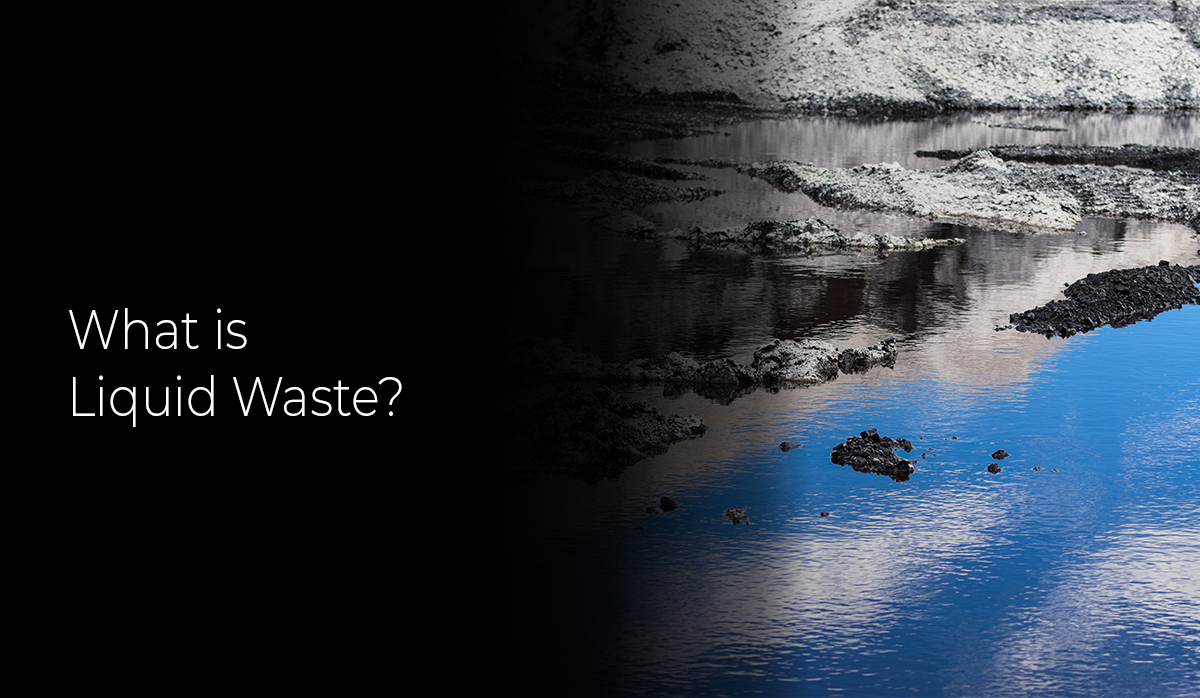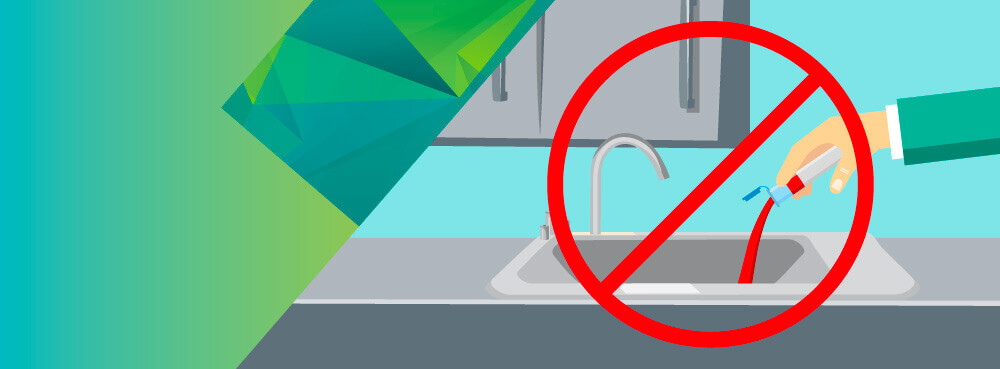Safe and Sustainable Liquid Waste Disposal: Your Go-To Provider
Safe and Sustainable Liquid Waste Disposal: Your Go-To Provider
Blog Article
Exactly How Fluid Waste Disposal Functions: An In-depth Introduction of Strategies and Technologies Utilized

Summary of Liquid Waste Kind
The complexity of liquid waste kinds necessitates a comprehensive understanding of their qualities and ramifications for disposal. Liquid waste can broadly be categorized right into numerous kinds, including industrial, municipal, farming, and contaminated materials. Each group shows unique residential properties, needing particular management strategies to mitigate ecological and health and wellness dangers.
Industrial liquid waste stems from producing processes and often has a series of pollutants, such as heavy steels, solvents, and natural compounds. Metropolitan fluid waste, mainly comprising wastewater from houses and industrial establishments, has raw material, nutrients, and virus (industrial wastewater treatment). Agricultural liquid waste, including overflow from farms, might include plant foods, chemicals, and animal waste, presenting risks to water top quality and ecological communities
Harmful fluid waste is identified by its poisoning, sensitivity, or potential to cause damage. Recognizing these varied liquid waste types is vital for creating effective disposal methods and making sure conformity with ecological regulations.
Physical Treatment Techniques

Testing is the preliminary step, where larger particles and particles are gotten rid of from the fluid waste utilizing screens or grates. This process shields downstream equipment from damage and makes sure smoother operation. Following testing, sedimentation uses gravitational pressure to separate solids from liquids. In sedimentation containers, larger bits work out near the bottom, creating a sludge layer, while the cleared up liquid can be further dealt with.
Purification is one more important approach that includes passing the liquid via porous materials, such as sand or membrane layers, to capture smaller sized particles. This action enhances the top quality of the liquid, making it ideal for subsequent therapy processes.

Chemical Treatment Methods
Chemical treatment methods are important for properly managing liquid waste, particularly in addressing liquified and colloidal pollutants that physical approaches may not appropriately remove. These strategies make use of numerous chemical agents to counteract, precipitate, or transform hazardous substances right into less dangerous types.
One typical method is coagulation and flocculation, where chemicals such as alum or ferric chloride are included in advertise the aggregation of put on hold bits. This process improves sedimentation, enabling easier removal of the resulting sludge. Furthermore, oxidation procedures, utilizing representatives like chlorine or ozone, are employed to break down complicated natural compounds and pathogens, rendering the waste much safer for discharge or further treatment.
Neutralization is an additional essential technique, which adjusts the pH of acidic or alkaline waste streams to neutral degrees, avoiding potential harm to downstream systems and the setting. In addition, advanced oxidation procedures (AOPs) utilize combinations of oxidants and ultraviolet light to weaken persistent pollutants, attaining a greater level of treatment performance.
Biological Treatment Procedures
Biological treatment procedures play an important duty in the monitoring of liquid waste by using microbes to break down raw material and decrease contaminant levels. These processes can be broadly categorized right into cardiovascular and anaerobic treatments, each utilizing certain microbial neighborhoods to achieve efficient waste degradation.
Cardio treatment involves the usage of oxygen to assist in the failure of organic products by germs. This procedure is typically executed in activated sludge systems, where oygenation tanks give a helpful atmosphere for microbial growth, causing the oxidation of organic pollutants. The resultant biomass can be separated from dealt with effluent through sedimentation.
In comparison, anaerobic therapy occurs in the lack of oxygen, counting on different germs to damage down raw material. This technique is especially advantageous for high-strength waste, as it produces biogas, an eco-friendly power source, while lowering sludge manufacturing. Technologies such as anaerobic digesters are often utilized in commercial and municipal applications.
Both cardiovascular and anaerobic biological treatments not just decrease the ecological impact of liquid waste but also help with source recuperation, making them essential elements of lasting waste administration approaches. Their adaptability, efficiency, and efficiency sustain their prevalent application throughout numerous industries.
Emerging Technologies in Disposal
Innovative methods to fluid garbage disposal are swiftly developing, driven by innovations in innovation and an increasing emphasis on sustainability. Amongst these emerging modern technologies, membrane bioreactors (MBRs) have gotten traction for their ability to incorporate biological therapy with membrane layer filtration, leading to premium effluent that can be reused in different applications. MBRs enable smaller footprints and extra efficient operations contrasted to standard systems.
Another encouraging advancement is the usage of anaerobic food digestion integrated with nutrient recovery technologies, which not just deals with liquid waste but additionally generates biogas and recoups beneficial find more information nutrients like nitrogen and phosphorus. This double benefit improves resource efficiency and lowers ecological impact.
Additionally, advanced oxidation processes (AOPs) are being adopted for the degradation of complex organic pollutants. These methods make use of powerful oxidants and catalysts to break down contaminants at the molecular level, providing a highly reliable remedy for challenging waste streams.
Moreover, the assimilation of fabricated knowledge and maker knowing in waste monitoring systems is maximizing operational effectiveness and predictive upkeep, bring about reduced prices and improved ecological conformity. These modern technologies show a considerable shift towards more efficient and lasting liquid waste disposal techniques.
Conclusion
In verdict, efficient fluid waste disposal demands a detailed understanding of various strategies and modern technologies. The assimilation of physical, chemical, and biological treatment methods ensures the effective image source administration of varied waste kinds. Additionally, the appearance of ingenious technologies improves therapy efficacy and promotes sustainability in waste administration methods. By continuously advancing these techniques, it comes to be feasible to deal with the growing obstacles related to liquid waste, inevitably adding to ecological protection and source healing.
Liquid waste disposal is an essential facet of environmental administration, needing recommended you read a detailed understanding of various methods and technologies tailored to different waste types. Liquid waste can generally be categorized into several types, consisting of commercial, municipal, agricultural, and harmful waste. Agricultural liquid waste, including overflow from ranches, may consist of plant foods, pesticides, and pet waste, posturing risks to water high quality and environments.
Different physical therapy techniques play an important role in handling liquid waste properly - industrial wastewater treatment.In verdict, efficient fluid waste disposal requires an extensive understanding of numerous methods and technologies
Report this page